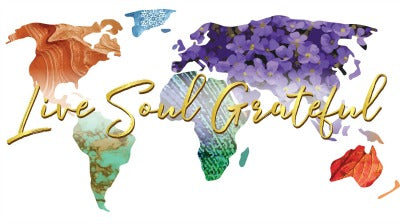Learn More
10 Disturbing Facts You Need To Know About Human Trafficking
- Human trafficking impacts people of all backgrounds, and is carried out for a variety of purposes. Women and girls are typically trafficked into the commercial sex industry, meaning prostitution or other forms of sexual exploitation, such as committing sex acts for the purpose of creating pornography. Men are generally trapped in forced labor.
- The International Labour Organization estimates that globally there are 20.9 million victims of human trafficking. Of these, 68 percent are in forced labor of some kind, 26 percent are children and 55 percent are women and girls.
- Around the world, the average cost of a slave is $90.
- Some sex trafficking, such as street prostitution, is highly visible, but much of it is not. Trafficking victims are often trapped in unmarked brothels in unsuspecting neighborhoods. Sex traffickers may also operate out of a variety of locations, such as massage parlors, spas and strip clubs.
- According to the U.S. State Department, every year between 600,000 and 800,000 people are trafficked across international borders. Half of these are children and 80 percent are female.
- There is no official estimate of the total number of human trafficking victims in the U.S., although Polaris estimates that when the numbers for both adults and minors in sex trafficking and labor trafficking are aggregated, the numbers most likely reach into the hundreds of thousands.
- The average age for a teen entering the sex trade in the U.S. is between 12 and 14. Many of these teens endured sexual abuse as children.
- Human trafficking is the third largest international crime industry, after illegal drugs and arms trafficking. It is estimated to generate a profit of $32 billion every year.
- The fact that trafficking can be extremely lucrative, especially in areas where unemployment is high and there are few opportunities for education, explains why people become traffickers. According to the United Nations Office on Drugs and Crime, the greatest numbers of traffickers are from Asia, followed by Central and Southeastern Europe, and Western Europe.
- Misogyny is also at the heart of sex trafficking. In societies where women and girls are undervalued, women are at greater risk for being coerced into sex slavery. Traffic could well be largely eradicated if the economic and social status of women improved.

